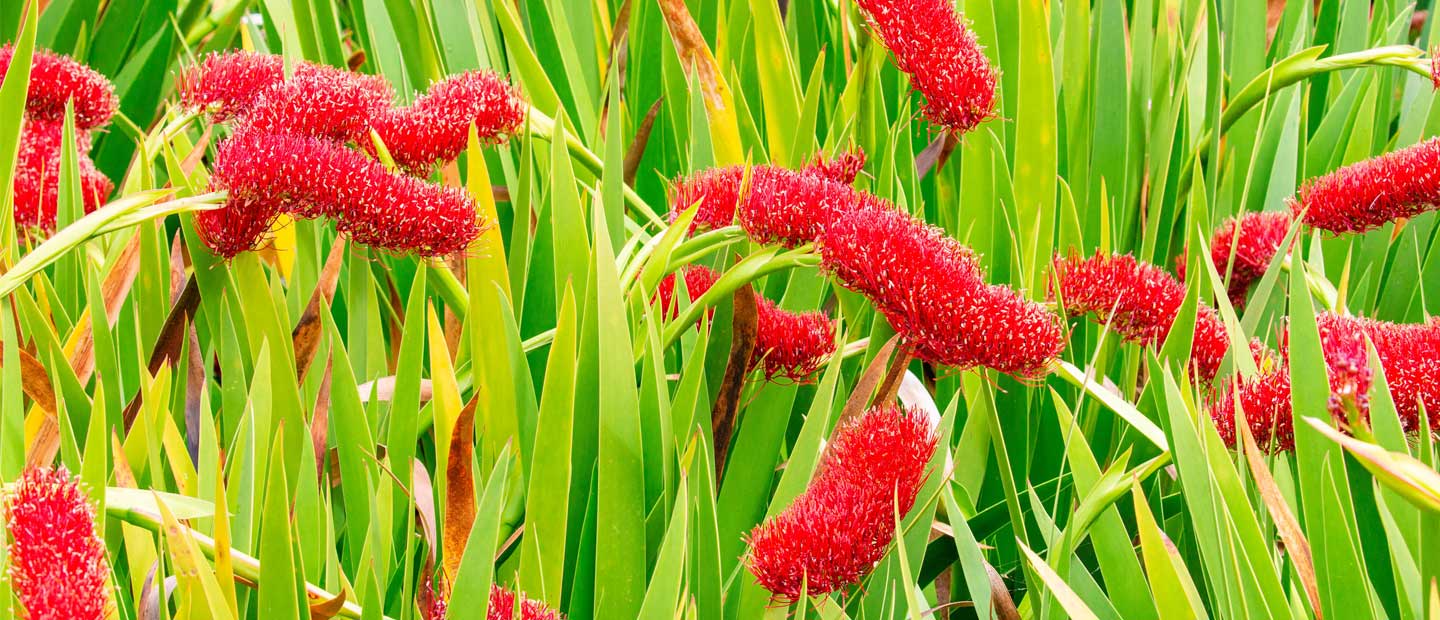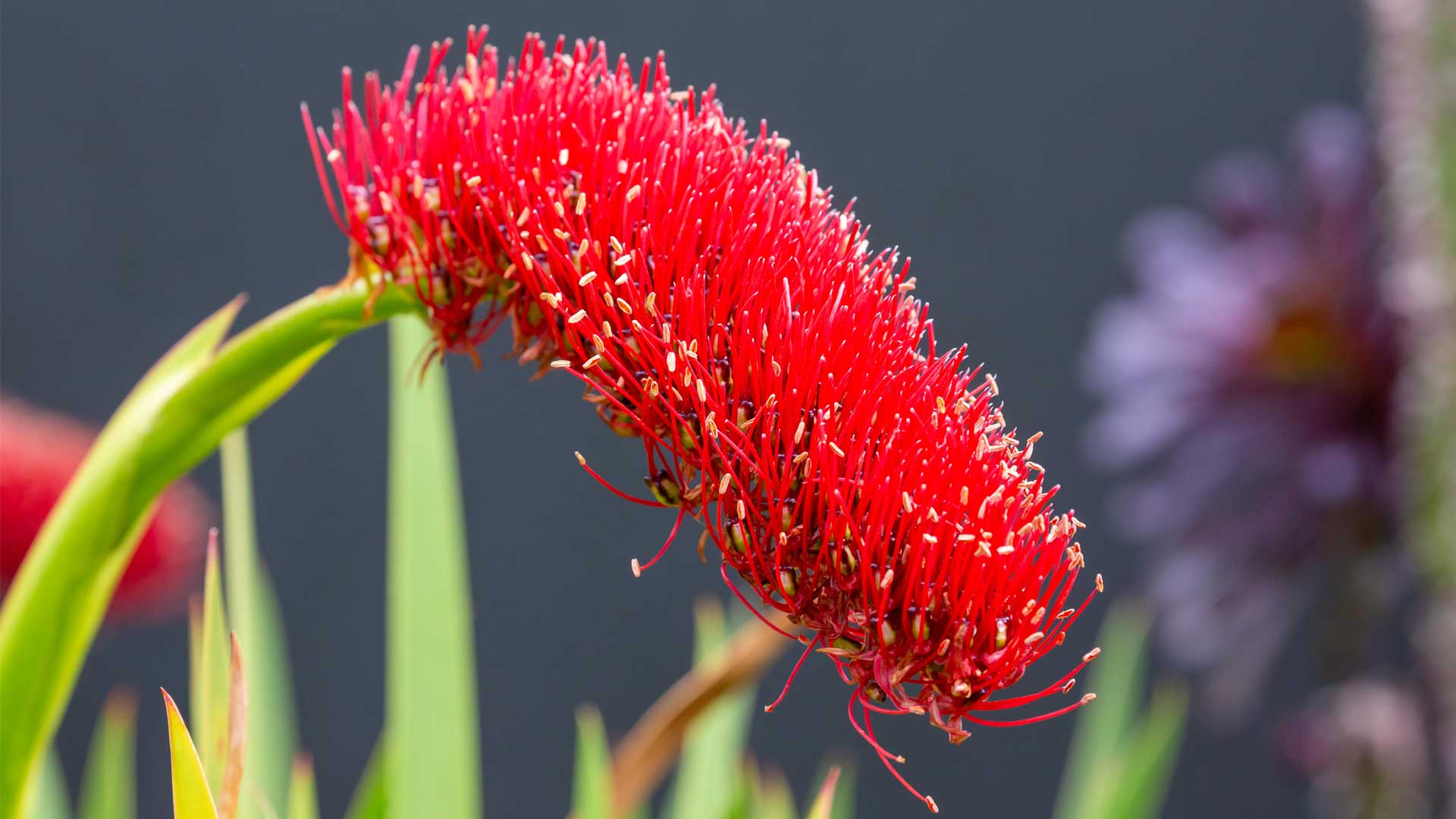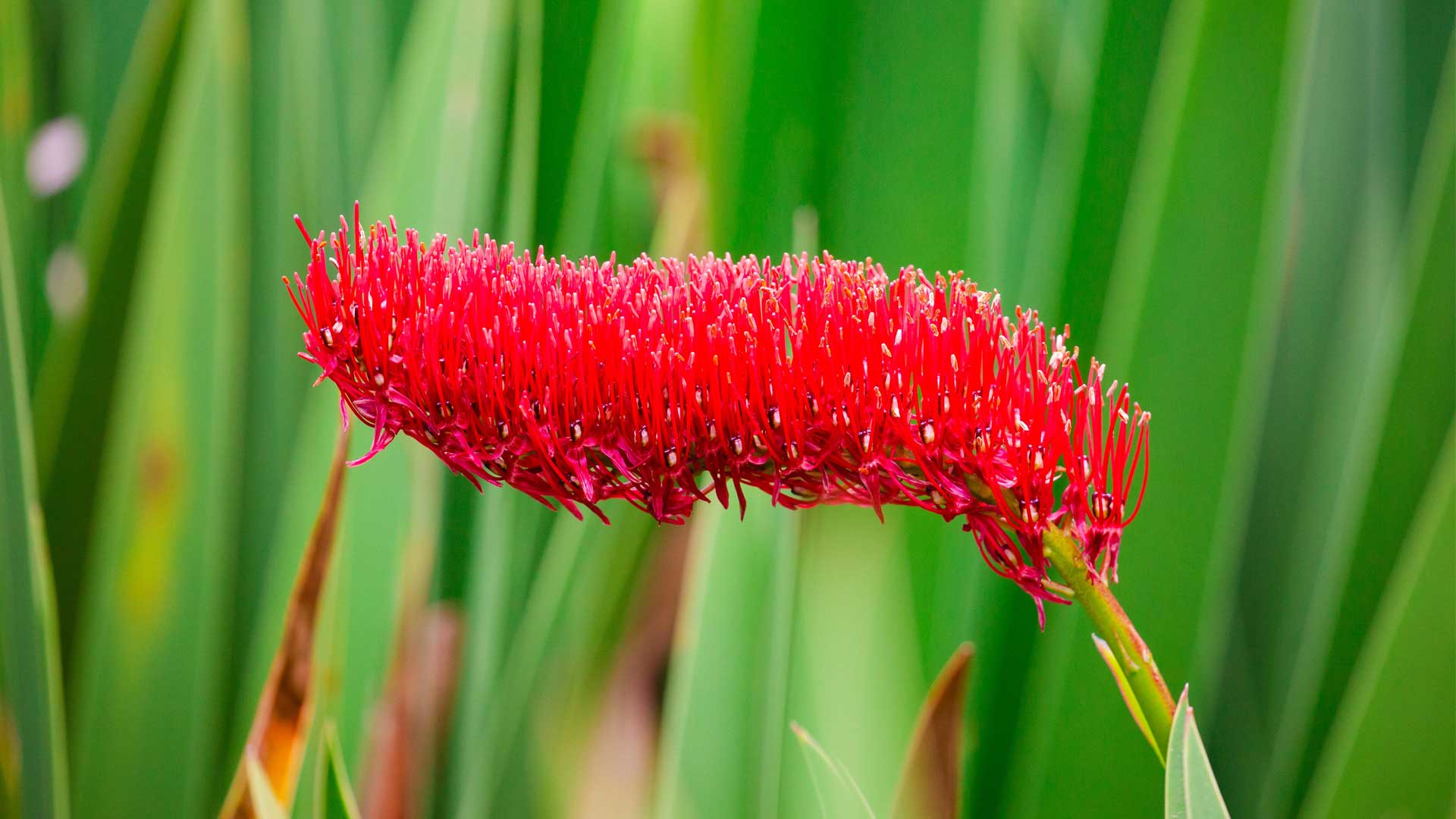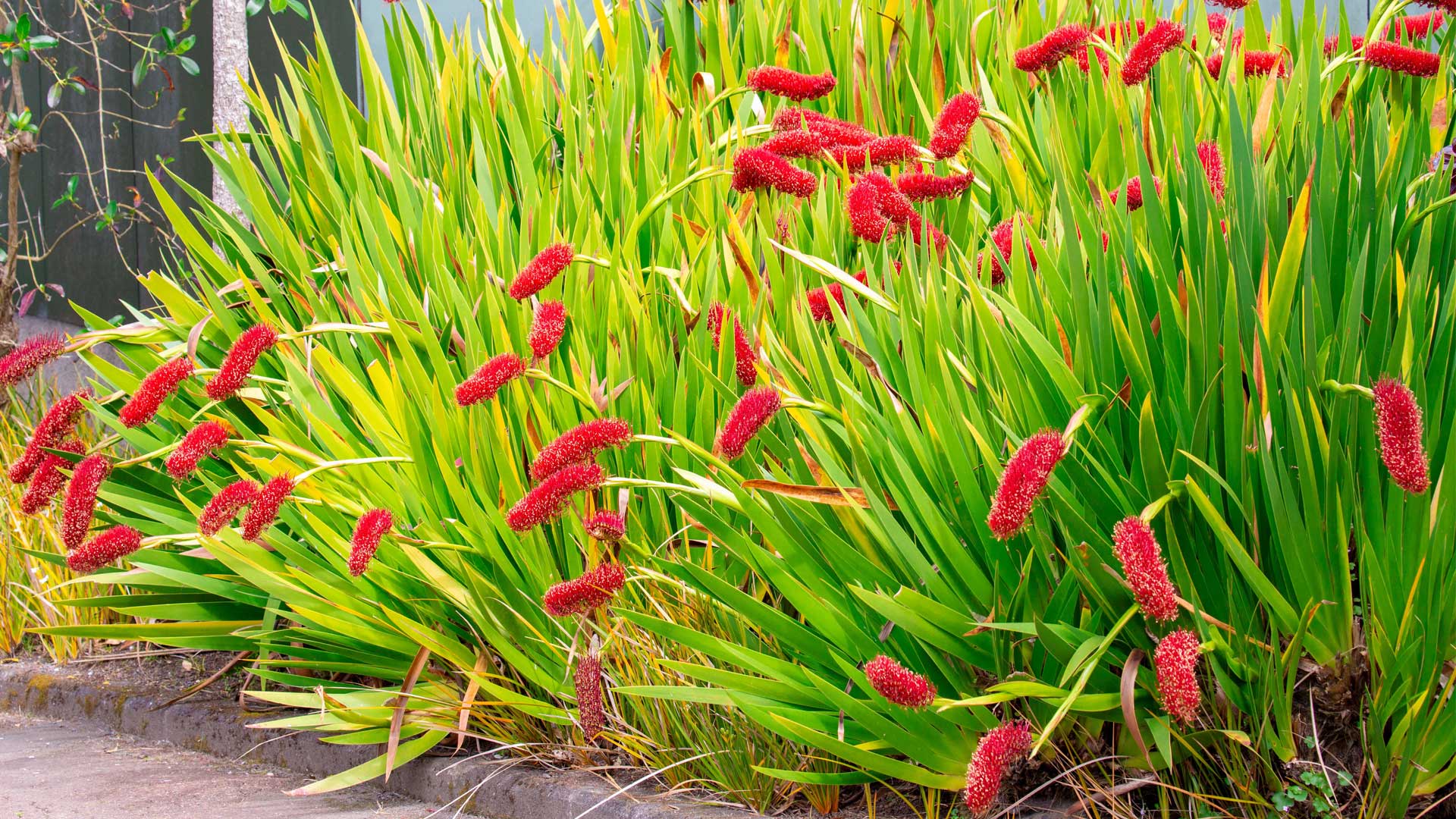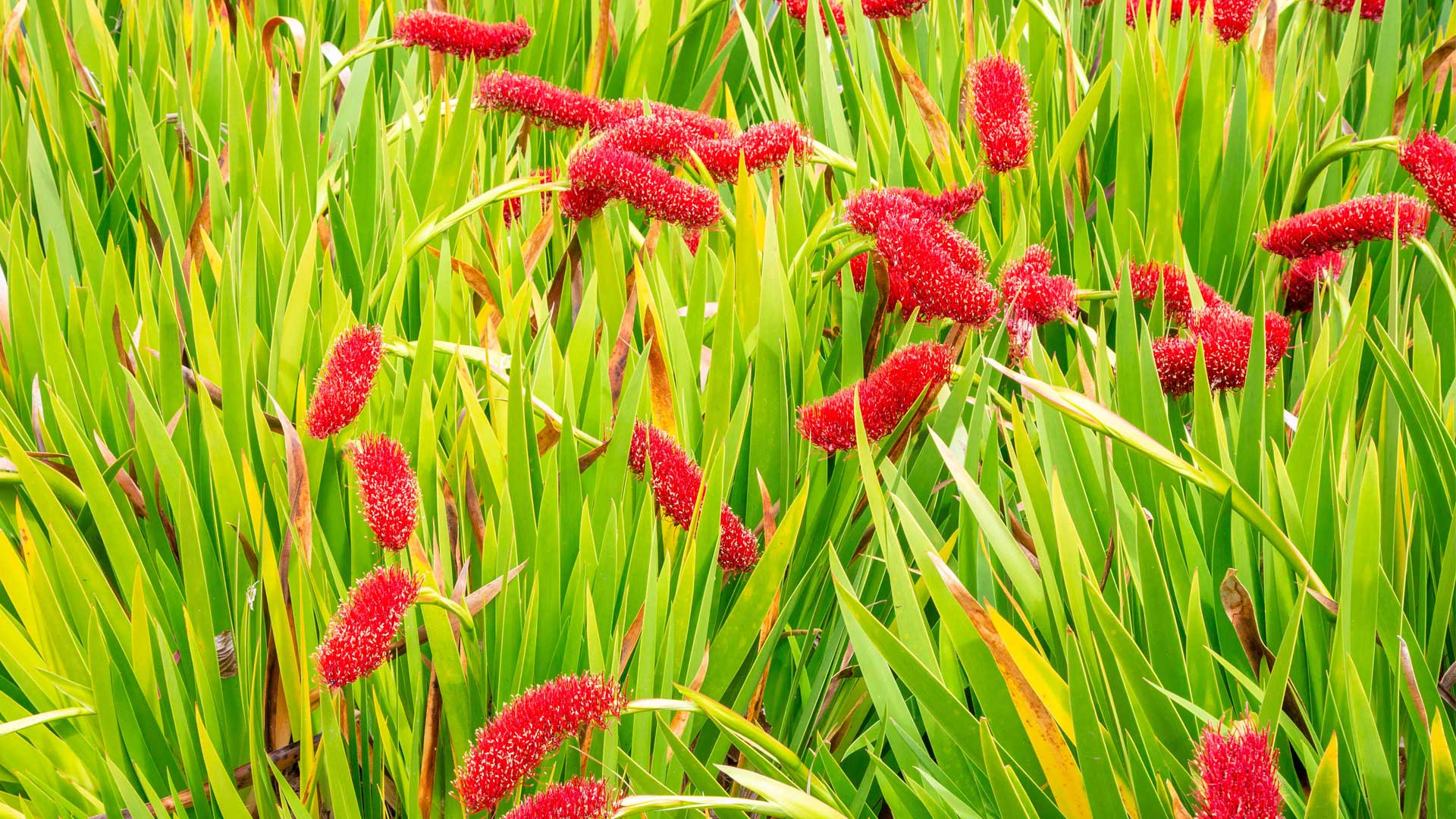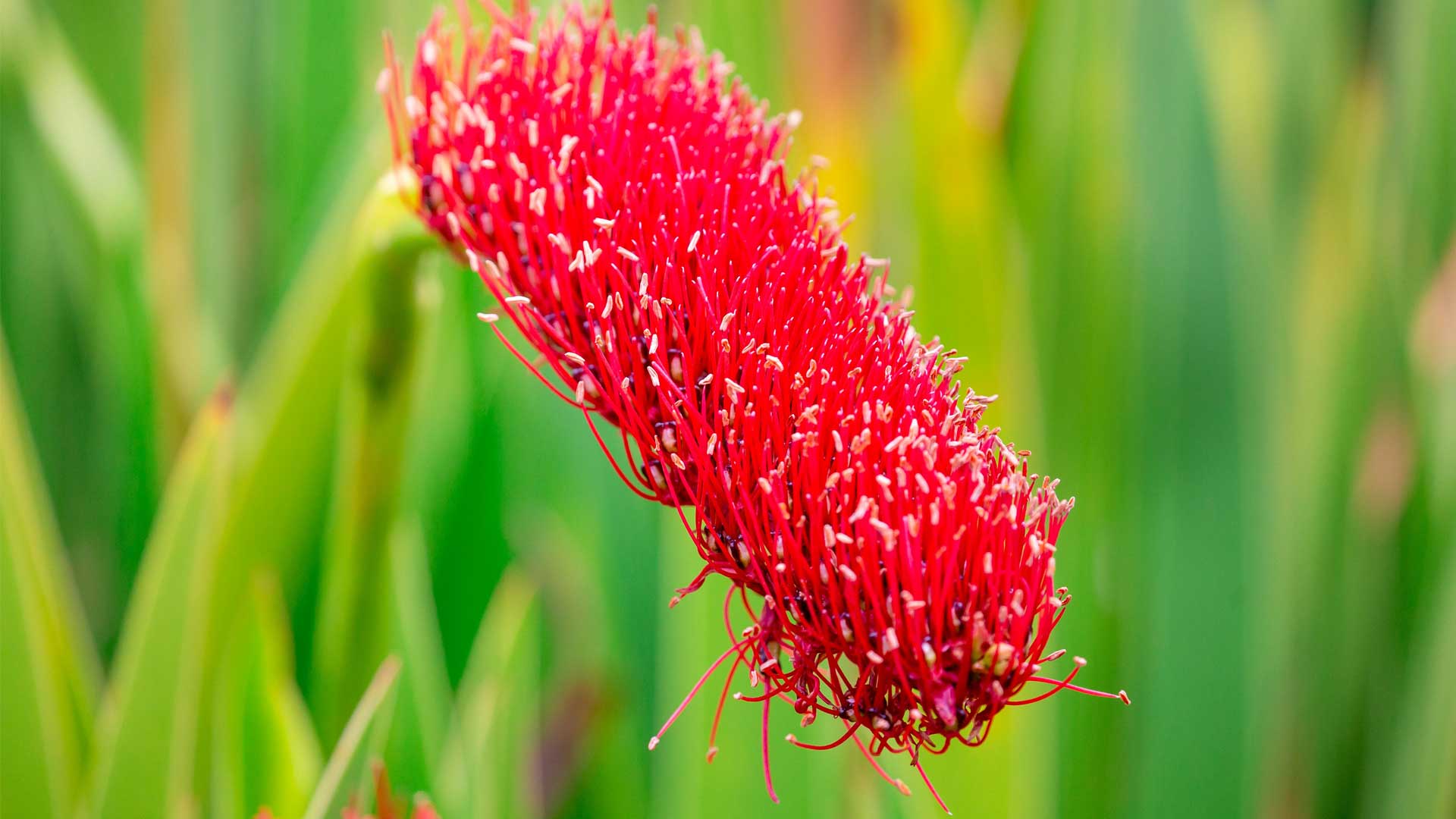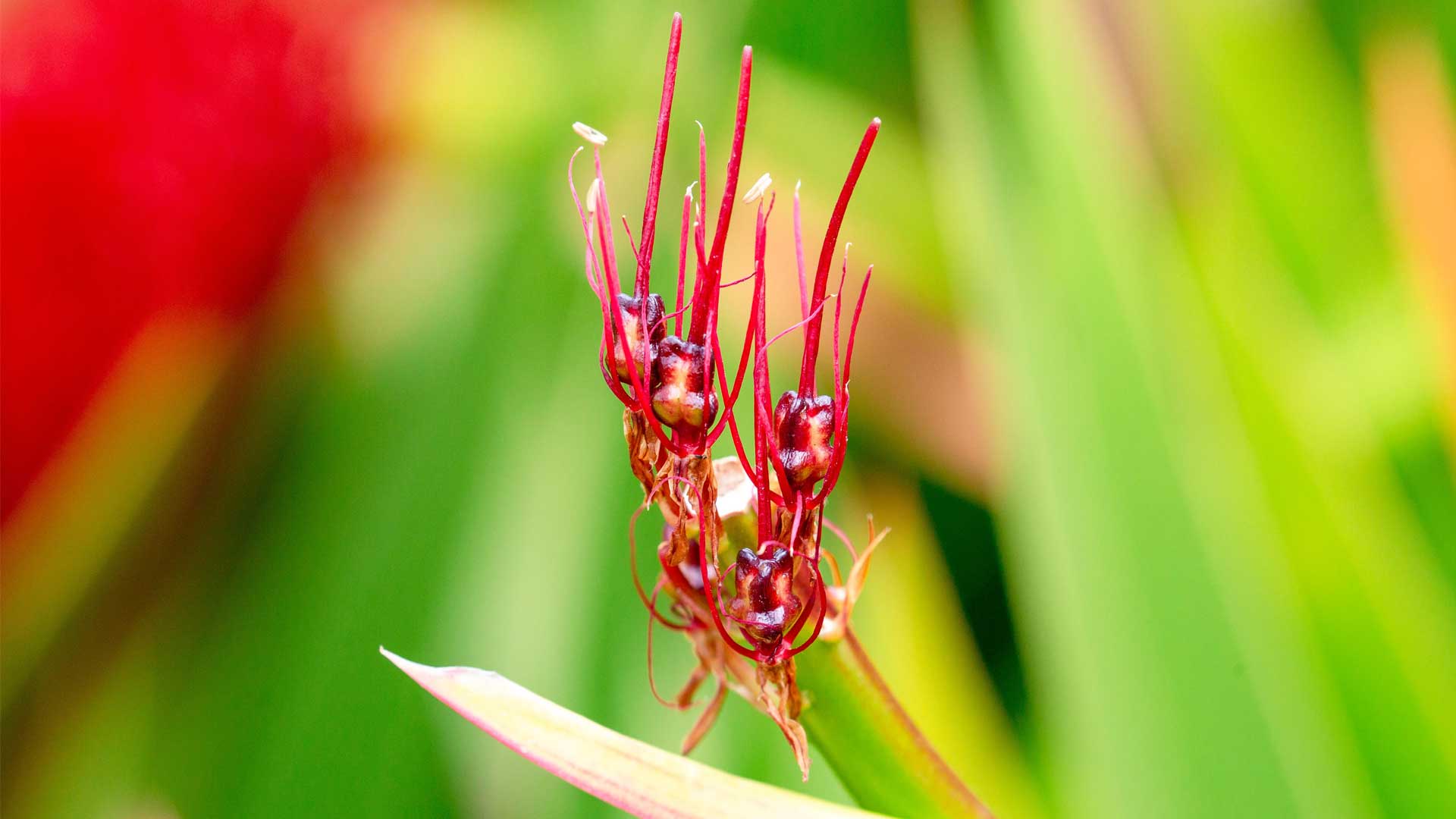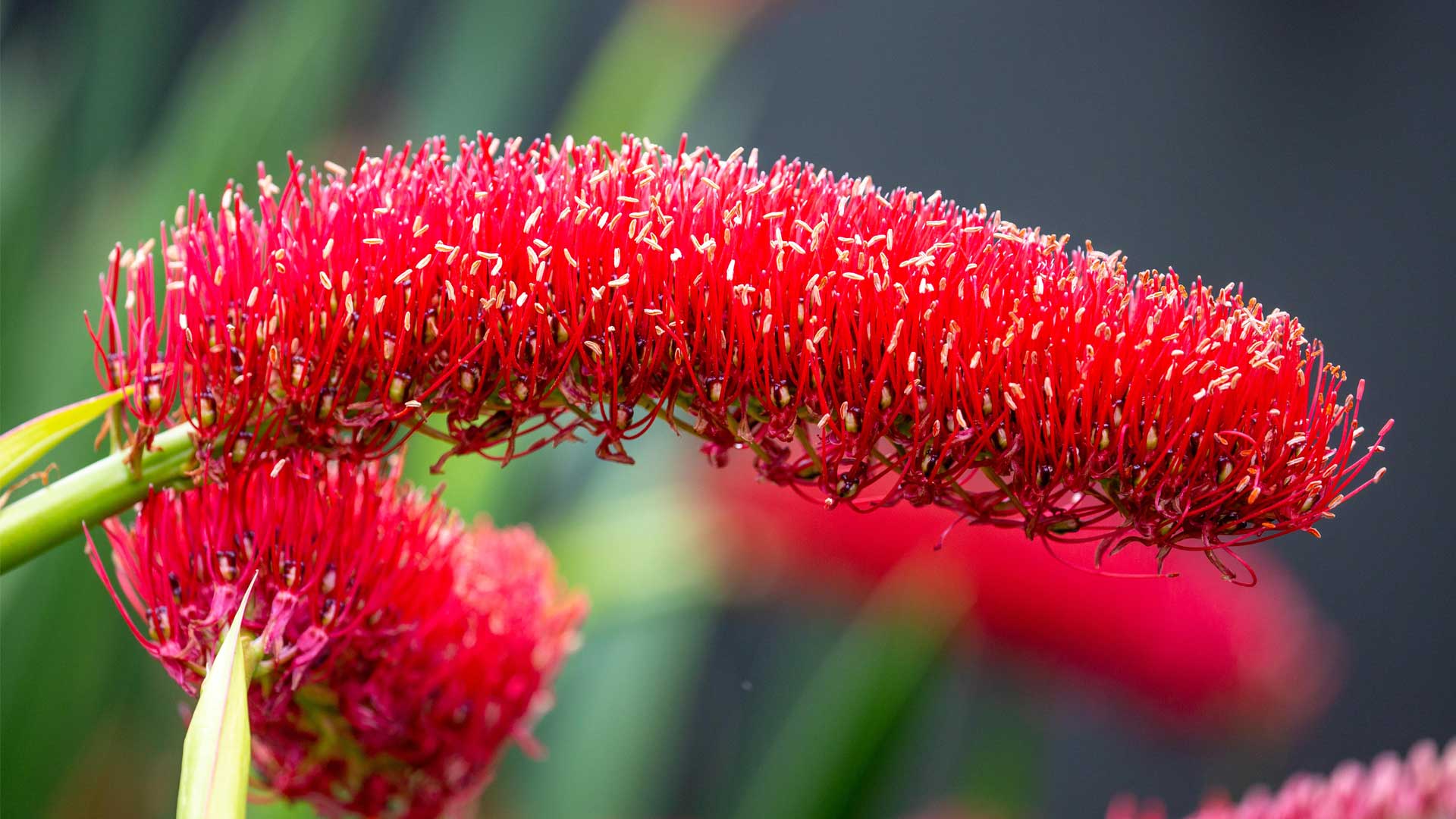Ecologically spectacular, this smattering of islands are what remains of the ring of a large and ancient volcano, which erupted close to 10 million years ago! Scientists estimate that this volcano was originally 1,000 metres high and over 15 kilometres wide. Since then, its unique geological heritage has allowed for a wealth of unique plant and animal life to spring forth, that are seen nowhere else on earth!
Due to the islands separation from mainland New Zealand, native wildlife have been able to thrive here, like tuatara, the mighty wētāpunga, giant centipede and snails. Within the Poor Knight’s Islands, native geckos play a large role in pollinating flora, as well as providing kai for nectar-loving birds like tui and butterflies.
When fresh seeds fall on to neighbouring trees, Poor Knights Lily can grow as an epiphyte (a plant that grows on another – but isn’t parasitic). It’s in the forks of these branches that the islands’ kākāriki will hollow out a nest in the base of the lily, for their tamariki.


